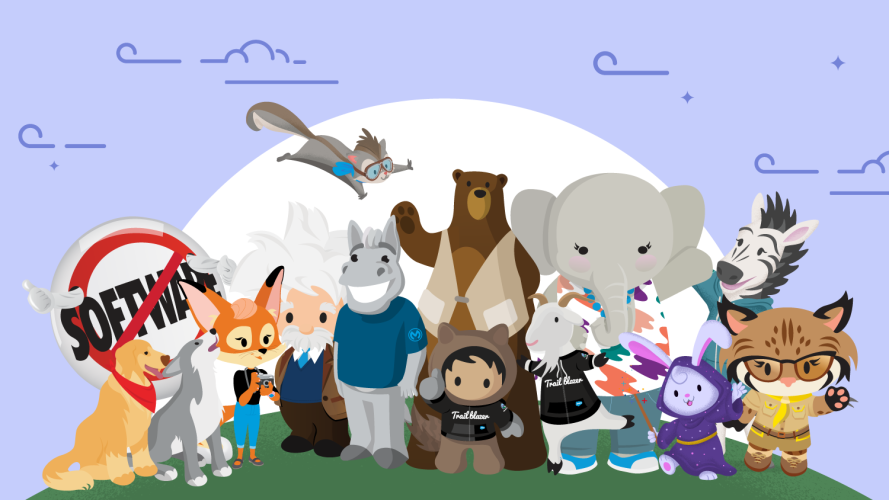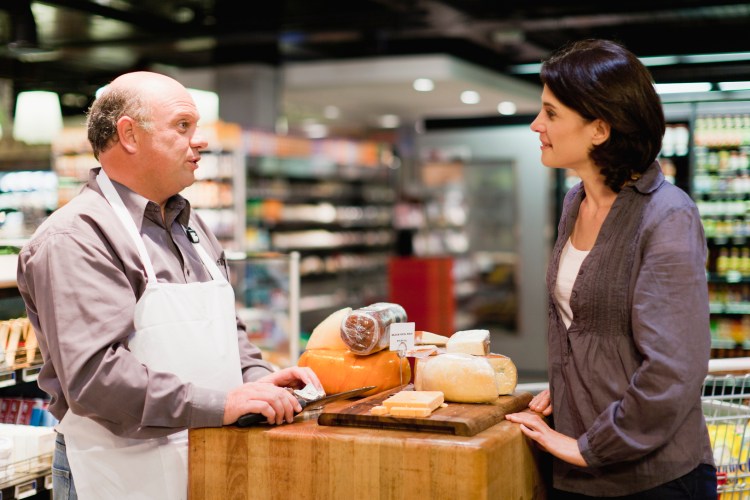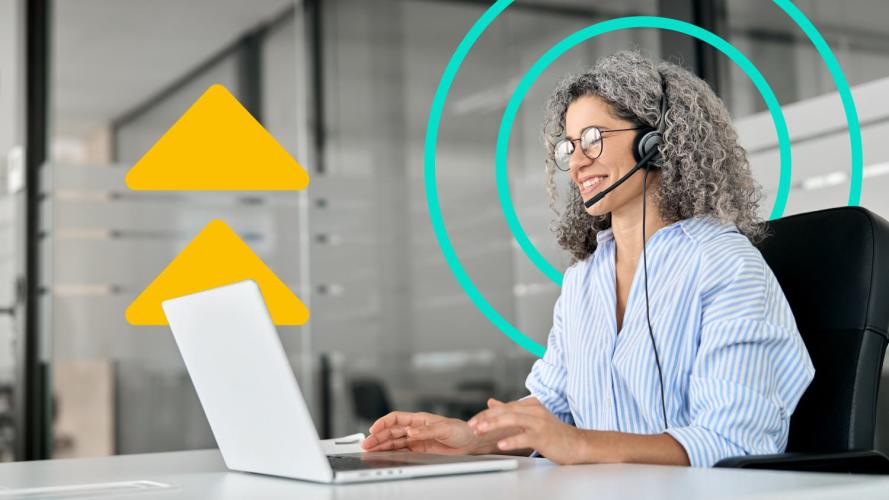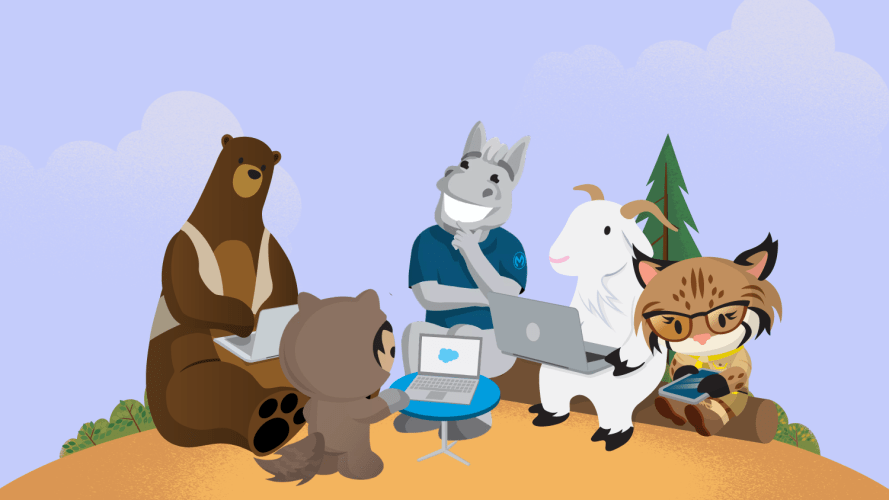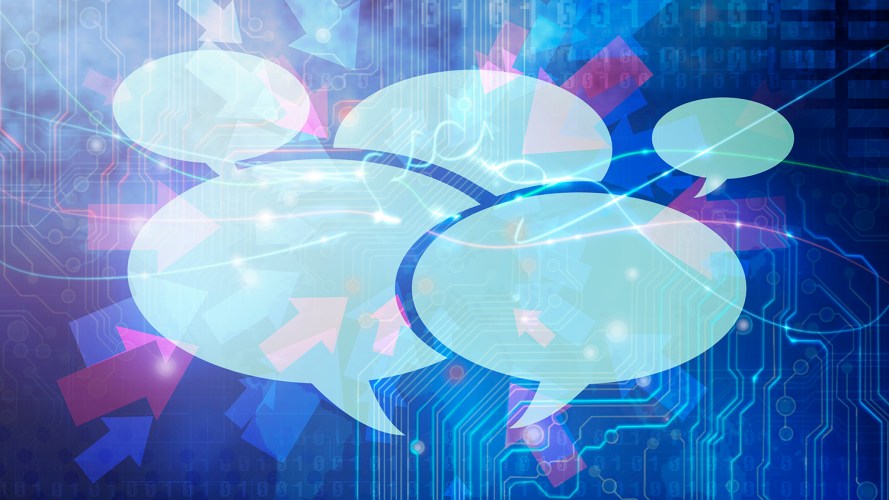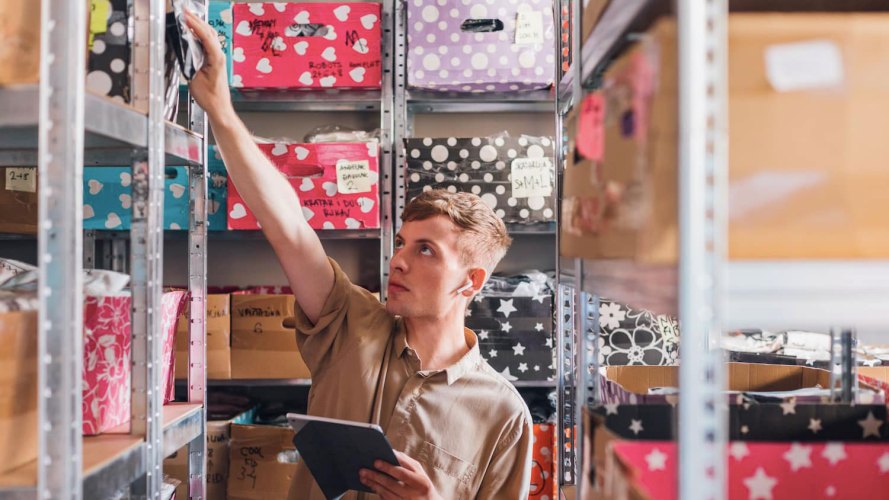How Kellogg’s Culture of Workplace Giving Persevered



Kellogg’s culture of workplace giving proved stronger and more contagious than the pandemic.
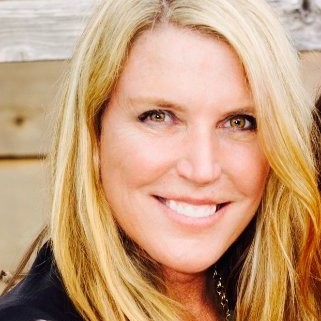
Siobhan Jones
Like most companies, Kellogg faced numerous challenges after the COVID-19 pandemic hit. There were challenges within the supply chain, and Kellogg struggled to meet demand, both for its paid goods (filling grocery store shelves) and its donated goods through its Better Days program. Since 2015, Better Days has helped feed nearly 200 million people facing hunger or crisis around the world.
Despite wanting to help its communities, the company was sensitive to how it asked employees, many of whom were working hard to address supply chain challenges, to contribute to giving and volunteering campaigns. Given the safety restrictions and limitations in place to prevent the spread of COVID-19, in-person volunteerism was suspended and all engagements became virtual.
Yet Kellogg’s culture of giving, which its leadership had devoted more than a century cultivating, proved stronger and more contagious than the pandemic. Kellogg’s employees had taken on the mantle of the company’s corporate social responsibility efforts by becoming citizen philanthropists.
They helped their communities by donating food from their own pantries to neighbors in need. They found ways to help on their own and then communicated the needs in their neighborhoods back to the company. This grassroots effort made it clear the company’s long-time culture around workplace giving and volunteering had become central to employee engagement.
How technology helped employees with workplace giving
Kellogg’s leadership took on a supporting role, stepping in to help its employees in their philanthropic efforts. At Salesforce’s Industries Summit, Benjamin Schorr, senior manager of Philanthropy and Social Impact at the Kellogg Company, explained that leadership turned to technology as a tool to help employees continue to “be engaged and meet the moment.” This involved using Philanthropy Cloud, a workplace giving and volunteering platform, to connect companies and their employees to the causes they care about. This gave Kellogg the opportunity to engage, track, and communicate the giving and volunteering efforts employees were contributing to.
Virtual volunteering
Kellogg provided virtual volunteering opportunities for employees and streamlined some of its functions. For instance, it reduced the volunteer matching requirements from 10 hours to one, so its donated funds could reach United Way – and ultimately recipients in their local communities — much faster.
Kellogg’s older platform was a bit “clunky,” according to Schorr. The shift to Philanthropy Cloud made connection and collaboration more efficient.
Schorr explained, “At a high level, we were really interested in helping build the technology alongside Salesforce to maximize its functionality for both corporate engagement and the nonprofit sector, understanding the gaps that already existed in technologies.”
Employee resource groups give back
At Kellogg, a function of many of the employee resource groups (ERGs) is to give back. Kellogg has made food and nourishing people the common thread for all of its giving efforts, regardless of the ERG. So its Black ERG, for instance, has been creating Zero Hunger murals in partnership with the United Nations World Food Programme. Other areas ERGs focus on include food security, access to nutritious food, food justice, community gardening, and how food connects us. In addition, Kellogg hosted a food drive competition among its ERGs, with the winning team receiving $5,000 to donate to their cause.
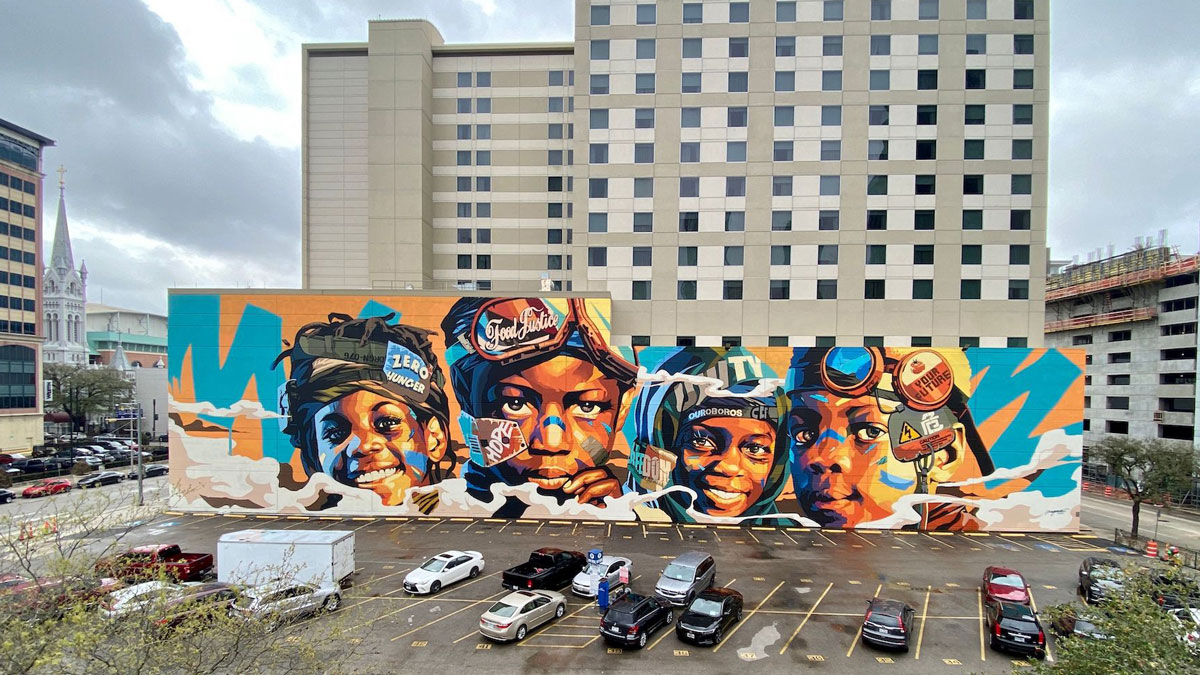
Kellogg was also able to use ERGs to cultivate champions — employees who are dedicated to volunteering and philanthropy and who are inspiring others to do the same — to create communities of action. Employees who are entrusted with the creation and leadership of volunteer opportunities for a company can use the Champion role in Philanthropy Cloud to manage content. This is especially helpful to mobilize ERGs.
“We worked to better integrate our business employee resource groups, which I think probably is the best strength,” Schorr said, referring to the Champion role. It allowed Kellogg to further democratize the company’s ERG engagement and leadership. “[Philanthropy Cloud] was fantastic in helping the business ERGs follow their mission and create communities of action beyond just the corporate affairs function.”
Learn more on how Kellogg persevered to help its communities
In the end, Kellogg’s success through the pandemic was due to having three key elements in place before the need arose: a strong culture, an established workplace giving and volunteering program, and the technology powerful enough and flexible enough to enable both.
Kellogg expects Better Days to serve 3 billion people by the end of 2030.
